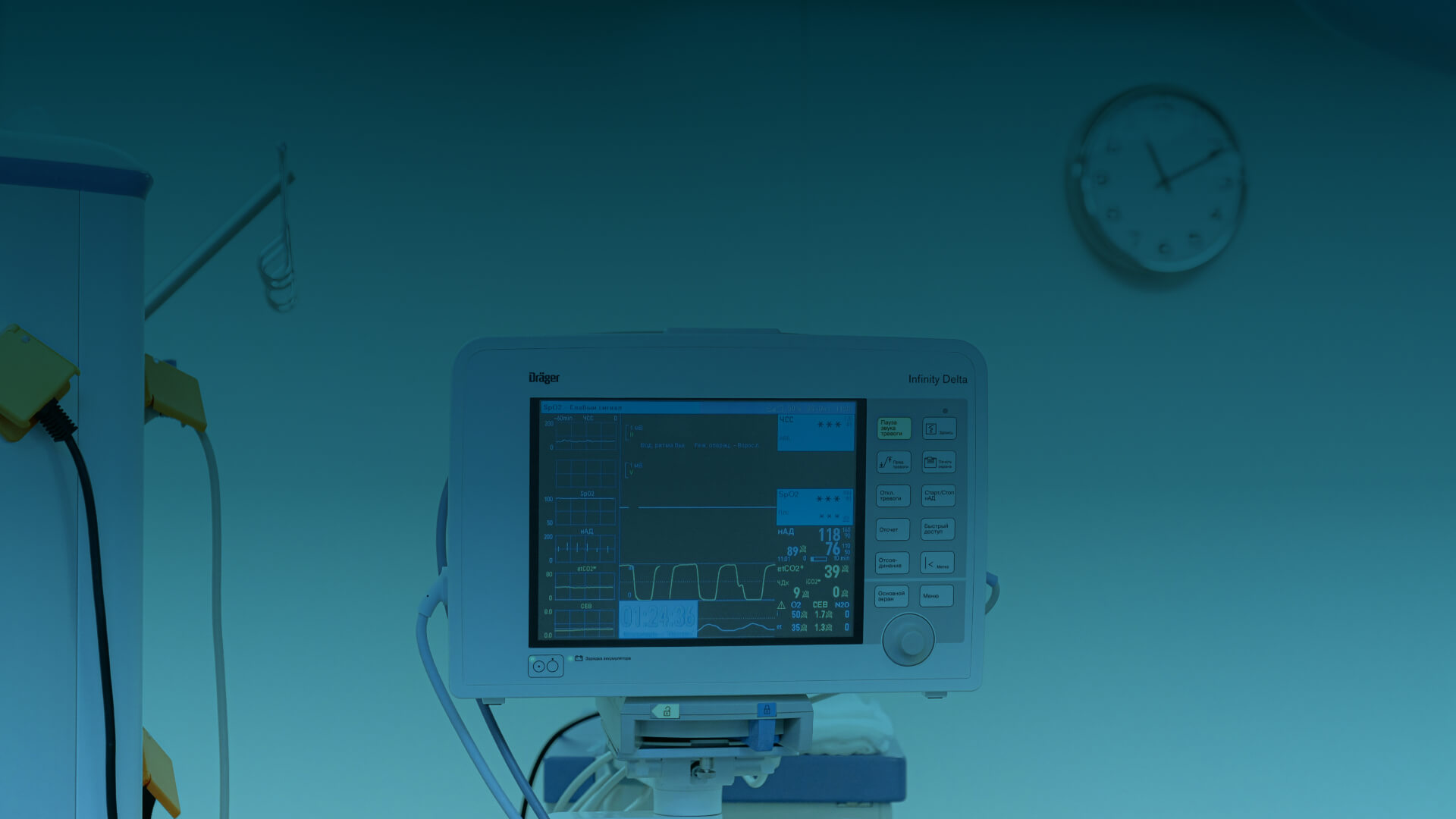How Manifest Cyber Enables Modern Authorization
The traditional ATO model has long been the bedrock of government and regulated‑industry compliance: a formal, point‑in‑time assessment of a system’s security posture, producing an authorizing decision often valid for one to three years. But as software delivery accelerates, threat landscapes evolve daily, and regulatory expectations grow, this model shows its cracks. Static ATOs tend to lag behind real risk, leaving blind spots between assessments, slowing innovation, and increasing vulnerability exposure.
Enter continuous ATO (cATO), an evolution of ATO built for rapid, agile, real‑time risk management. Under cATO, systems remain authorizable even as they change: continuous monitoring, DevSecOps integration, active threat detection & remediation, and supply chain transparency are built into daily operations. The goal is to maintain ongoing authorization rather than periodically renewing permission after a long review.
Manifest Cyber fits directly into this shift. Here’s how Manifest helps organizations cross the chasm from static to continuous authorization:
Key Ways Manifest Supports the Transition
- End‑to‑end Software & AI Supply Chain Visibility: The Manifest Platform automates generation, analysis, enrichment, and monitoring of SBOMs (Software Bill of Materials) and extends this transparency into AI models via industry leading risk assignment. This makes it possible to see what components (including open‑source, dependencies, vendors, binaries, etc.) are in use right now, as well as when things change.
- Continuous Monitoring & Alerts: Instead of doing vulnerability or compliance scans on fixed cadences (quarterly, annually), Manifest Product Security offers ongoing monitoring. It alerts on newly disclosed vulnerabilities (CVEs), license risks, changes in vendor or component behavior, issues with dependencies, etc. Manifest allows you to know instantly where you’re exposed when the next zero day comes so you can remediate and protect your mission.
- Third‑Party / Supplier Risk Management: Manifest Supplier Risk, a module within the platform, enables real‑time risk profiling of third‑party and open source dependencies. When suppliers’ libraries or binaries become vulnerable, or when their SBOMs change, Manifest can raise flags, a necessary component for cATO.
- Compliance Automation and Audit Readiness: The Manifest Platform is built for collecting and sharing up‑to‑date SBOMs, binary analyses, vendor risk data, vulnerability status, etc. All of which feeds into the artifacts an Authorizing Official (AO) would need in a cATO framework.
- AI Risk & Model Governance: The recently launched Manifest AI Risk module compresses what used to take weeks of manual AI model reviews into minutes, providing continuous inventory, policy enforcement, and model oversight. For systems incorporating AI, this helps close gaps that static ATOs often miss.
What This Enables: The cATO Outcomes
With the above capabilities, organizations using Manifest can:
- Reduce the time to deploy new systems or updates, because many of the risk assessments are automated or continuously updated.
- Improve the fidelity of risk posture visibility: you see issues as they emerge rather than after scheduled reviews.
- Make authorizing decisions based on current risk rather than stale snapshots.
- Comply with frameworks that increasingly require continuous monitoring, supply chain transparency, DevSecOps workflows, and active threat detection.
- Respond faster to changes in the external environment; new vulnerabilities, changes in vendor software, emerging zero‑days, without having to wait for the next reauthorization window.
Challenges & What to Watch
Of course, adopting cATO isn’t just about buying tools. It requires:
- Embedding continuous monitoring deeply (people, processes, culture) so that alerts lead to remediation.
- Ensuring SBOMs and AI model risks are accurate, complete, and kept up to date.
- Overcoming inertia and risk aversion, authorizing officials need confidence in automated and continuous evidence streams.
- Ensuring that external suppliers provide information or the capability to inspect their artifacts or binaries.
Manifest helps with many of these challenges by providing automated SBOM generation, continuous monitoring, integration into procurement and vendor risk workflows, and transparency across both software and AI components.
Reach out and start a conversation.






